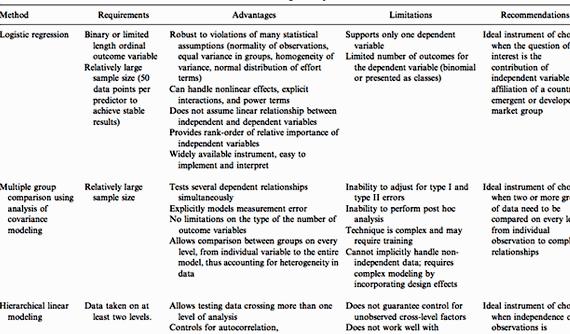

This guide deals with how to write a systematic review. Systematic reviews have become popular over the last 20 years or so, particularly in health and healthcare related areas. Systematic Literature Review, sometimes known as systematic reviews, are associated with evidence-based healthcare practice, the idea that nursing and related healthcare disciplines should be grounded in the most up-to-date and accurate research evidence. However, they are increasingly used in other areas. Systematic reviews assess as much as possible of the available research in the area of concern. The aim is to produce a rigourous and impartial review of evidence based on clear, reproducible protocols and transparent selection methods.
Table of Contents
Carrying out a Systematic Review
- A systematic review can be divided into clear, logically distinct stages:
- Formulating the research question
- Devising the research protocol
- Carrying out the literature search
- Extracting the data
- Appraising the quality
- Data analysis
- Results
- Conclusion
- The first step is to formulate a research question. This stage forms part of a larger stage of devising the research protocol. The question should be clearly focussed, neither too narrow nor too broad. The acronym PICO has been devised to summarise the four parts a question should take into account (the population or patient group studied, the intervention, treatment or test, a comparison or alternative intervention, and the outcome of the intervention (see figure 1 for an example)
- The research protocol covers the methods for searching the literature and extracting and analysing the data. The methodology should be clearly defined before starting, in order to minimise bias. Inclusion and exclusion criteria should also be determined at this stage. For example, it might be decided to include only published articles, and exclude studies in languages other than English.
- The literature search is the next step. Bibliographic databases including Pubmed, Medline, the Cochrane Library and Embase (for healthcare) can be used. It is wise to use more than one online database as each one includes a different range of journals. Reference lists of articles are useful for finding new areas to investigate, as can handsearching of journals. The aim of searching the literature is to produce an inclusive list of relevant research studies from which to select the studies included in the review. This stage also involves screening for and removing duplicates. This can be done through a computer based reference management system such as EndNote.
- Data extraction can be done using a standardised form. This links to an example of such a form: ncbi.nlm.nih.gov/books/NBK56167/. Such a form means data can also be entered into a database, making future use easier. Different types of systematic review demand different forms, so ensure you use the most correct type.
- Quality appraisal is perhaps the most central step, and there are a number of checklists which have been developed to help with this process. This links to a simple and easy to understand example: gla.ac.uk/media/media_64047_en.pdf. It should be kept in mind, however, that different checklists can produce very different results.
- On the basis of quality appraisal, studies are rejected and accepted. Data analysis is the next stage. A simple form of data analysis is to descriptively evaluate the studies, summarising these in table format. Such tables typically include the population studied, interventions and outcomes. Methodology and potential bias might also be listed. Metaanalysis might also be carried out.
- The results are then interpreted. Strengths and weaknesses of the studies included in the review are considered. The findings of the studies are summarised, and conclusions indicated. Recommendations for future studies are often made.



Writing up a Systematic Review
- Systematic reviews follow a clear structure, generally of the format
- The title should be concise and accurate
- The abstract should be clearly structured
- The introduction should summarise the topic and explain why the review is necessary. It should end with a summary statement of the aims
- The methodology should follow a clear structure, looking at inclusion/exclusion characteristics, how studies were indentified, how studies included were handled, data extraction and quality assessment
- The results section covers how the data was handled (including any statistical analysis)
- The results should be set out logically. This section covers the number of studies found, how many excluded, details of study range and characteristics, study quality, and so on.
- The discussion section should also be clearly ordered. It starts with a summary statement setting out the main finding. The next paragraph describes limitations of studies included and of the review process. The third paragraph should cover the negative and positive aspects of the methodology, while the fourth paragraph contexualises the results in terms of existing knowledge. The final paragraph sets out conclusions and implications.
Bibliography
DFID Research and Evidence Division (2013) ‘Systematic Reviews and Evidence‐Informed Policy: Overview’,
Hemingway, P and Brereton, N (2013) ‘What is a Systematic Review’, [online] (cited 13 th February 2013) available from
Wardlaw, J M (2010) ‘Advice on how to write a systematic review’, [online] (cited 13 th February 2013) available from
Wright, R W, Brand, R A, Dunn, W and Spindler, K P (2007) ‘How to Write a Systematic Review’, Clinical Orthopaedics and Related Research’, 455:23-29.

Previous answers to this question
This is a preview of an assignment submitted on our website by a student. If you need help with this question or any assignment help, click on the order button below and get started. We guarantee authentic, quality, 100% plagiarism free work or your money back.
 Get The Answer
Get The Answer 